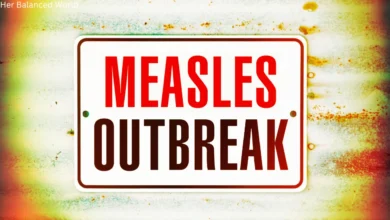Sleepmaxxing: Unlock the Secrets to Better Sleep (No Hype, Just Results!)
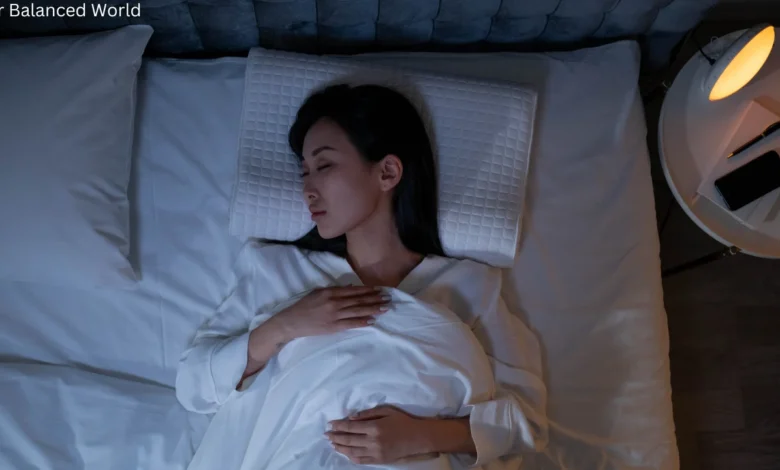
Listen, I’ll be honest—I haven’t slept a full night in years. Between traveling full-time in an RV with two toddlers, late-night snack demands, and the occasional “Mommy, I need water” at 3 AM (why is it always 3 AM?!), I’m convinced quality sleep is a myth. But sleepmaxxing—a growing trend in the wellness world—promises to optimize your sleep and help you unlock the best rest possible. So, I dug into it, tested some things (yes, even mouth-taping), and am here to share what works and what’s just influencer nonsense.
What Is Sleepmaxxing and Why Is It Trending?
Sleepmaxxing is the wellness trend where people go all-in on sleep optimization—tracking every stage of their REM cycle, using red light therapy, and even taping their mouths shut (because apparently, we all snore like bears). But let’s be real—moms and travelers are the real sleepmaxxers. We’ve been sleep-deprived since the first sleepless newborn night, and we’ve developed expert-level skills in power napping in moving vehicles and sleeping through questionable hotel noises.
So, does sleepmaxxing help us reclaim a good night’s rest? Or is it just another wellness trend designed to make us stress out even more?
The sleepmaxxing trend has gained massive popularity because it promises quick fixes to improve sleep quality. But does it live up to the hype? Let’s take a closer look.
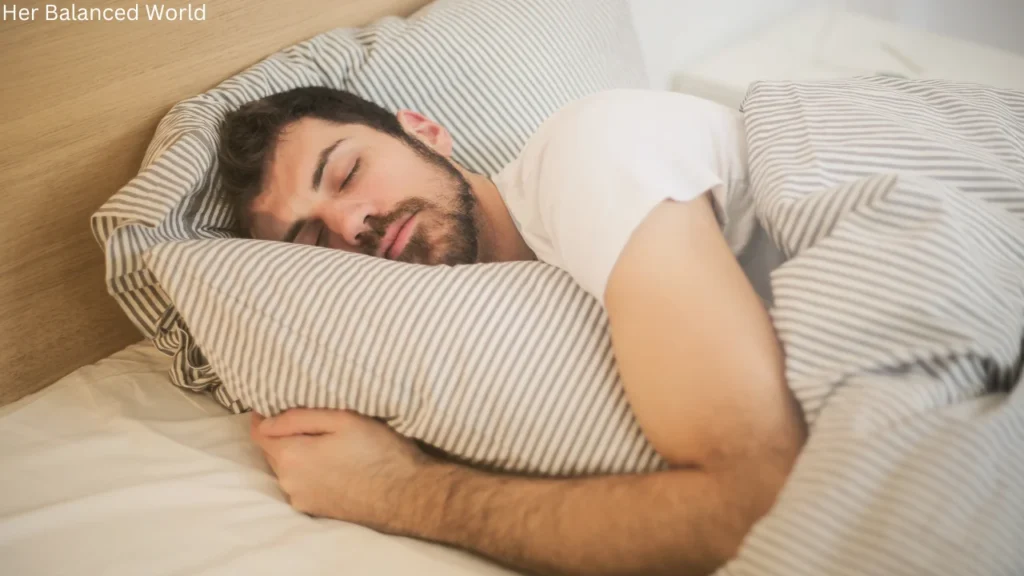
What Is Sleepmaxxing? Understanding the Sleep Optimization Movement
The meaning of sleepmaxxing is all about optimizing your sleep to achieve the most restorative rest. Sleepmaxxing involves various techniques and tools, such as using sleep trackers, red light therapy, and experimenting with nasal strips and mouth taping, all to enhance sleep quality.
But does this movement work for busy parents, travelers, or anyone looking for better rest? Let’s examine some of the popular sleepmaxxing techniques and how effective they are.
Popular Sleepmaxxing Techniques (That May or May Not Work in an RV With Kids)
1. Mouth Taping
What it is: You tape your mouth shut at night to force yourself to breathe through your nose, reducing snoring and improving oxygen levels.
Does it work? Actually, yes—but not in all cases. Research suggests that nasal breathing can reduce sleep apnea symptoms and improve oxygen efficiency. (Source: Sleep Foundation)
Reality check: I tried it, but my toddler ripped the tape off my face at 2 AM, asking if I was OK. So… not very RV-friendly.
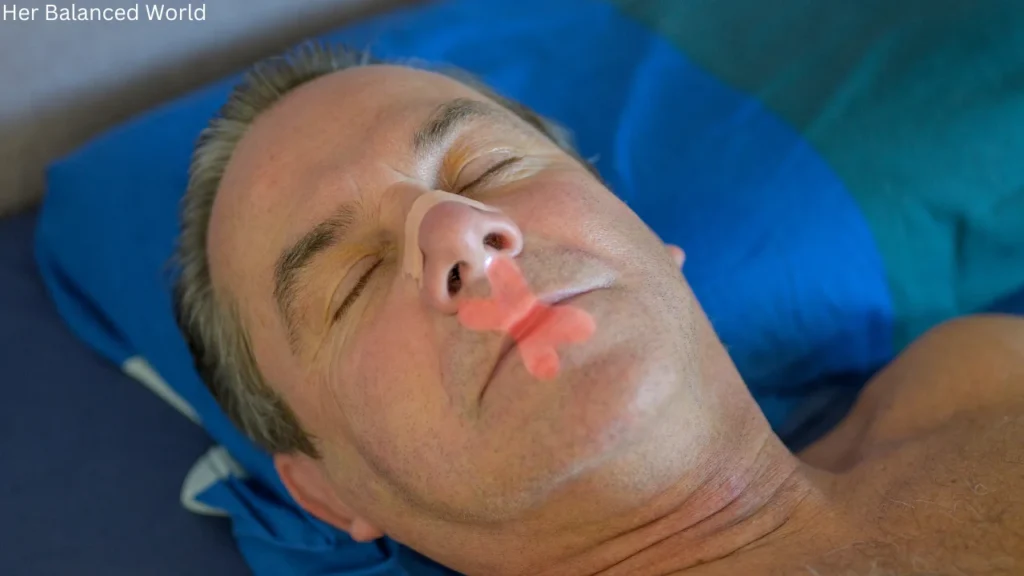
📌 If you’re curious, try this: SomniFix Mouth Strips (hypoallergenic and safe for first-time users).
2. Nasal Dilators
What they are: Small devices that keep your nostrils open while you sleep, supposedly improving airflow.
Does it work? Studies show they can reduce snoring and improve sleep quality for people with mild congestion or nasal obstruction. (Source: Mayo Clinic)
Reality check: They do help—but also fall out when your toddler smacks you in their sleep (which happens more than I care to admit).
📌 Best pick for travel: Breathe Right Extra Strength Nasal Strips (perfect for long flights or snoring partners).
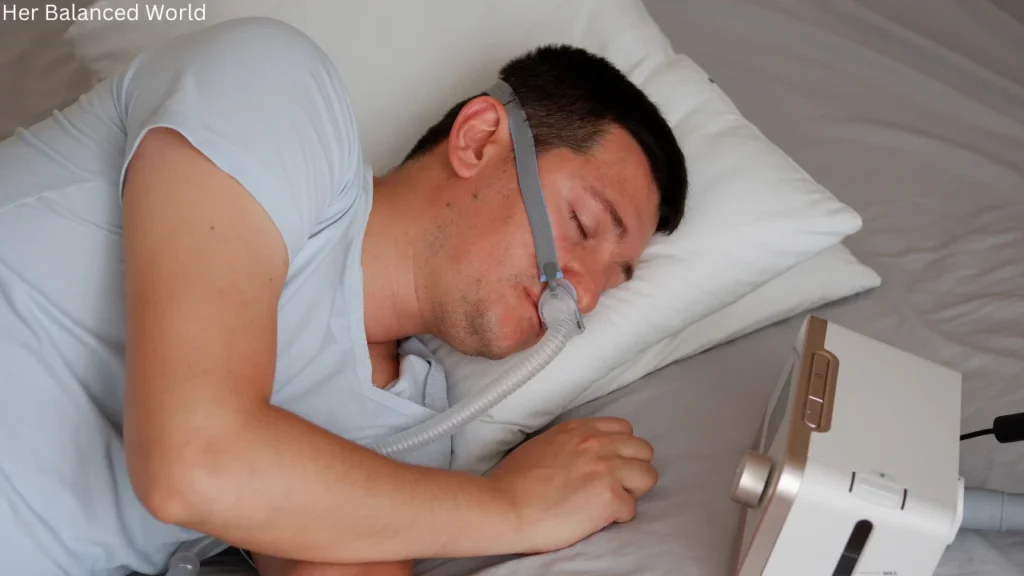
3. Red Light Therapy
What it is: Sitting under a red light panel or using a red-light-emitting bulb before bed to boost melatonin and improve sleep quality.
Does it work? Surprisingly, yes. Studies show red light can regulate melatonin production and help improve sleep. (Source: PubMed)
Reality check: Works great—until your kids think it’s a spooky glow and refuse to sleep.
📌 Best travel-friendly option: Hooga Red Light Therapy Lamp (small, easy to pack).
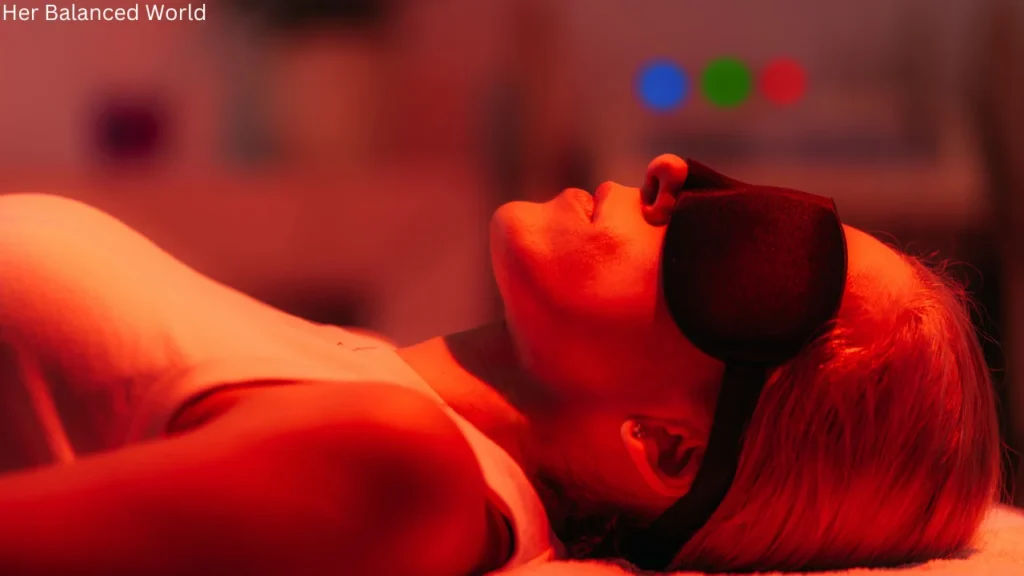
4. Supplement Stacks
If you’ve ever taken melatonin, magnesium, or ashwagandha, congratulations—you’re already sleepmaxxing.
Best evidence-backed supplements for sleep:
✔ Magnesium Glycinate – Promotes relaxation (Source: NIH)
✔ Melatonin (low dose, 0.5-3mg) – Helps regulate sleep cycles (Source: Mayo Clinic)
✔ L-theanine & GABA – Reduce stress and calm the nervous system (Source: PubMed)
📌 Best sleep-friendly supplements for travel:
• Magnesium Glycinate Capsules (gentle on the stomach)
• Melatonin Gummies (toddler-proof and no pills to swallow)
• L-Theanine + GABA Capsules (great for stress & relaxation)

The Risks of Sleep Anxiety (Orthosomnia)
Here’s the irony of sleepmaxxing: Worrying about sleep can make your sleep worse. A growing number of people are developing orthosomnia—aka sleep anxiety caused by obsessing over getting perfect sleep. (Source: Sleep Foundation)
💡 Mom version: Sleep trackers telling me I only got 4 hours? Yeah, I already knew that. No need to rub it in, Fitbit.
Realistic Sleep-Improving Habits for Traveling Parents
Instead of overcomplicating things, here’s what actually works:
✅ Get morning sunlight – Reset your circadian rhythm by stepping outside in the morning.
✅ Create a wind-down routine – No, doomscrolling TikTok in bed doesn’t count.
✅ Invest in sleep-friendly gear – A good eye mask and noise-canceling earbuds can be lifesavers.
✅ Don’t rely on melatonin every night – Your body needs to regulate its own melatonin production, too.
✅ Accept the chaos – Sometimes, sleep in an RV with kids is just… not gonna happen.
📌 Must-have travel-friendly sleep gear:
• MZOO Contoured Sleep Mask (doesn’t smush your eyes)
• Loop Quiet Earplugs (perfect for noisy campsites)
• Portable White Noise Machine (blocks out snoring & loud hotel neighbors)
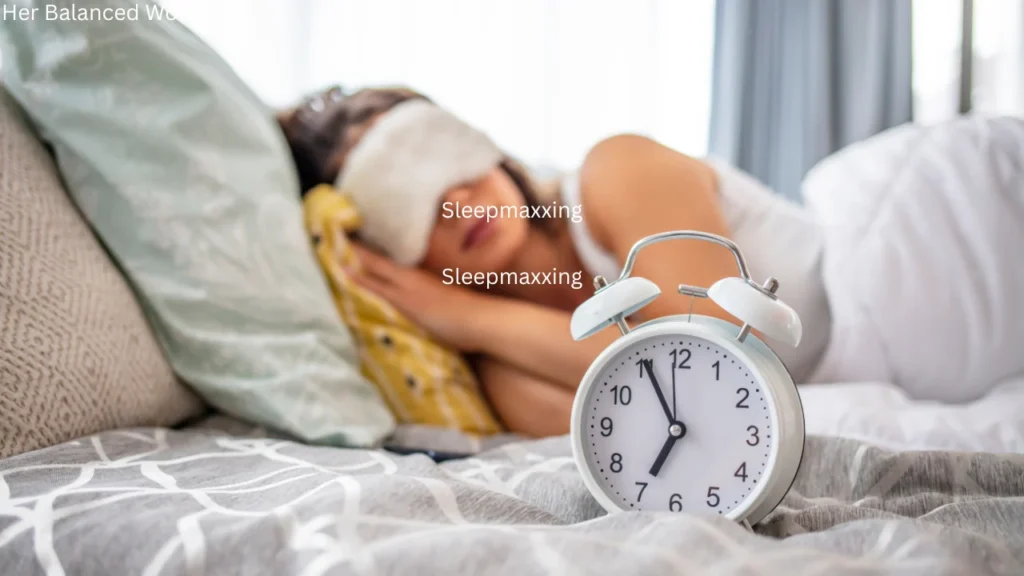
Final Thoughts: Sleepmaxx, But Keep It Real
At the end of the day, there’s no perfect way to sleep—especially if you’re a parent on the road. If mouth taping, nasal strips, or magnesium help? Great! But if all you can manage is a 10-minute nap while your kids watch Bluey? That’s winning, too.
Just don’t stress about sleep so much that it keeps you awake. Because ironically, chasing perfect sleep might be the biggest sleep disruptor of all.
🚀 Now tell me—have you tried any sleepmaxxing hacks? What worked (or failed hilariously) for you? Drop a comment below
FAQs About Sleepmaxxing
1. What is Sleepmaxxing?
Sleepmaxxing refers to the movement of optimizing your sleep by implementing various techniques like using sleep trackers, experimenting with mouth taping, or incorporating red light therapy. The goal is to improve sleep quality and efficiency.
2. What is Sleepmaxxing Meaning?
The meaning of sleepmaxxing revolves around enhancing the natural sleep process. People use different hacks, including nasal dilators, melatonin supplements, and sleep trackers, to improve their sleep quality.
3. Does Sleepmaxxing Really Work?
Yes, but not for everyone. Sleepmaxxing techniques like mouth taping, nasal dilators, and red light therapy can help some people improve their sleep quality. However, results vary based on individual needs and lifestyles.
4. Can Sleepmaxxing Help with Insomnia?
While sleepmaxxing techniques such as red light therapy and magnesium supplements can help with sleep disorders, they are not a cure for insomnia. If you suffer from chronic insomnia, it’s essential to consult a healthcare professional.
5. What is the Sleepmaxxing Trend?
The sleepmaxxing trend is focused on finding optimal ways to improve sleep quality through methods like tracking sleep cycles, using sleep-enhancing supplements, and experimenting with methods like mouth taping and red light therapy.




